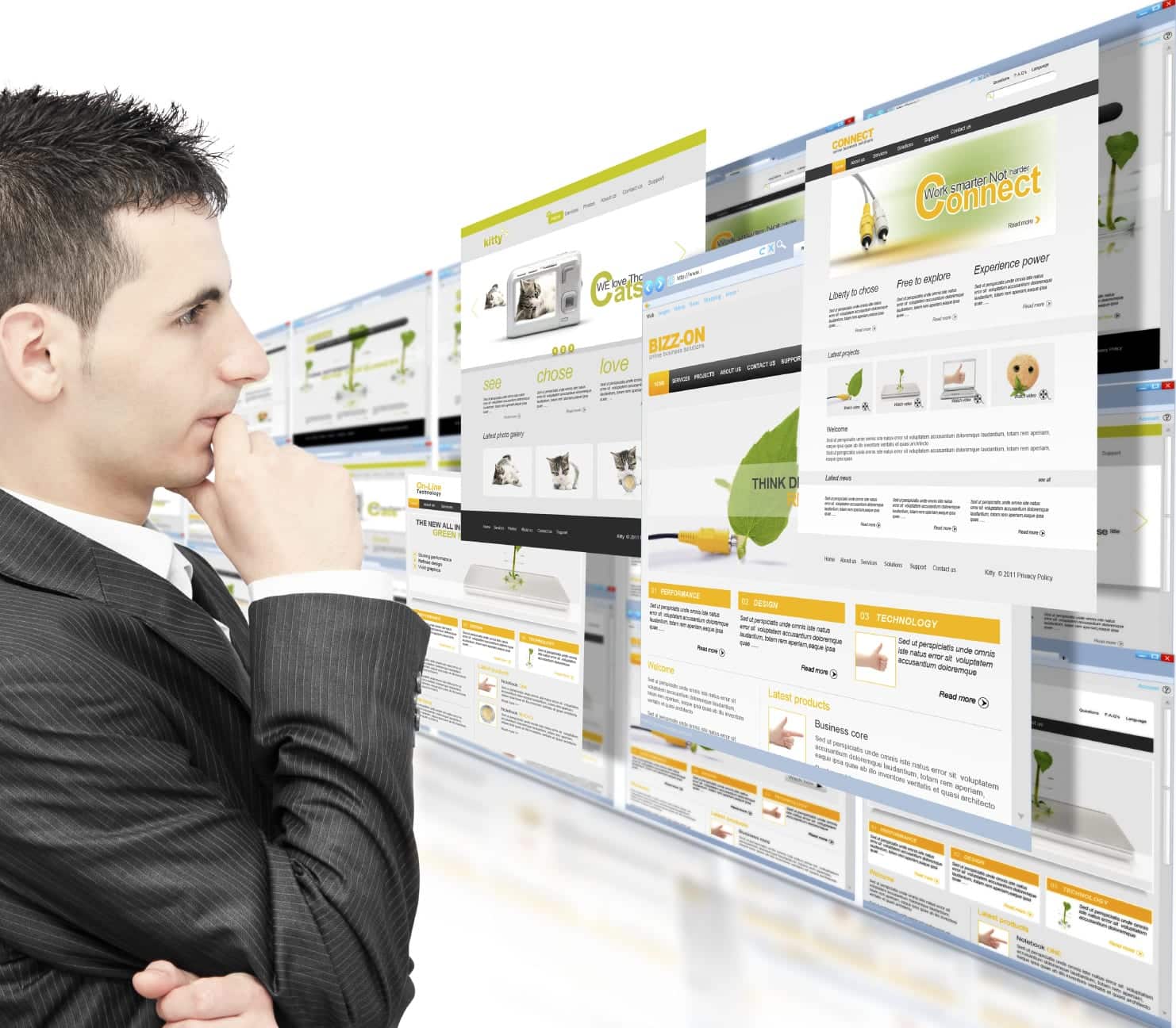By Bryan Orr
The first thing you may ask about landing pages is “What the heck are they?!” As online marketing becomes more common and powerful, landing pages are an important part of every business’s online presence.
A landing page is the place you want potential customers to end up after they’ve inquired online about certain products or services. If you’re a provider of something that people search for, you have the opportunity to show up in search results. When they click on your particular ad or link, you want to be ready to capture their info so that you can be communicative and point them in the direction of your business.
While your website will have multiple places for people to sign up or inquire about you (about pages, contact forms, etc.), you also want a separate and dedicated landing page that is way more specific concerning what it is that you provide. Your landing page links to your website and you can create them via plug-ins, Lead Pages, and other avenues. If you have no idea how to create one, start with this landing page guide on Forbes.
If you have created one (or know the general idea how to), here are just a few tips for creating the best landing page possible…one that will help generate more traffic for your business.
1. Give Something Away
You want some sort of content “freebie” such as an e-book, a free downloadable file, or product info, etc. When a potential customer sees that you have something to offer they will be more likely to fill out a form with a name and email that will help you have solid access to communicating further with them.
2. Make It Content-Specific
Your landing page needs to be content-specific. Don’t make it another about page. Landing pages are designed to funnel in customers for specific purposes. For example, if you’re a mechanic who services Mercedes, your content info on your landing page should include a common issue that a Mercedes owners deal with. Instead of, “We specialize in Mercedes,” you should say, “We fix steering lock fiascos” or “Having problems with the Auto g/box?” Whatever sort of common questions that come up with the Mercedes car itself should go on your landing page. Other general info can be found all over your website, so keep the landing page distinctly for searchable and relatable problems and interests.
3. Keep It Updated
Update your landing page often. Experiment with different terms and search items. You’re able to see how your landing page is converting to traffic, so keep an eye out for what content is generating more activity. You can even try A/B testing to explore different ways to present your landing page.
4. Refine Your Targeting
Figure out who your specific target audience is. You’re able to target ads for precise areas, age groups and genders. Configure all of this. Say your product or service is geared more towards 30-year-old males in two neighboring zip codes. Document that info in the search settings.
Basically, stay away from general content and audiences. Create pages that trade great, specific, applicable information in exchange for a customer email and then be diligent to follow up and close the loop.
Have you ever used landing pages? What have you found to be the most effective?

